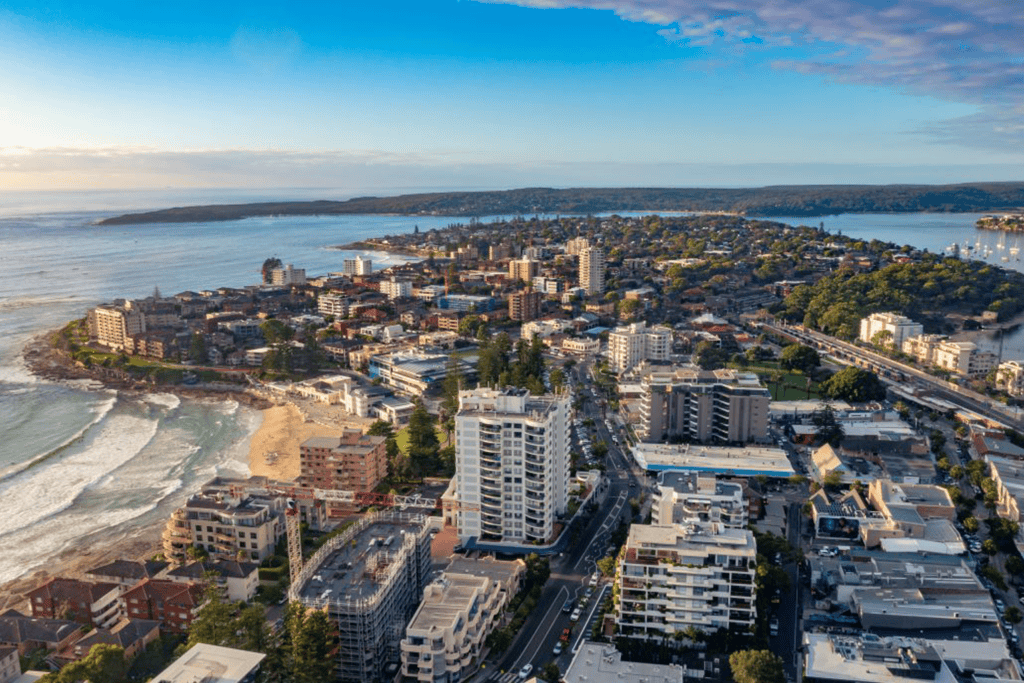The chief monetary guardian, the Reserve Bank of Australia (RBA), is also the 800-pound gorilla of economic forecasting.
It’s always looking into its crystal ball for clues on what to do next – but unfortunately it doesn’t always get it right. In fact, economist and outspoken commentator Stephen Koukoulas reckons it has a poor forecasting record.
He says the RBA’s predictions in recent years have been wide of the mark on growth, wages and inflation, and by the bank’s own admission, he has a point. It admits as much in its own graphs.


Keeping interest rates up
He adds that because the RBA is relying on its own flawed forecasting, it has a rosier view of the economy than the rest of us. Subsequently, the bank is keeping official interest rates at one of the world’s highest levels.
“Annual GDP growth is just 1.8%, one of the weakest growth rates recorded in the last 25 years and now one of the weakest in the industrialised world,” Koukoulas says. “At the same time, wages growth has never been lower, at just 1.9%.
“The level of labour underutilisation – that is, the sum of the unemployment rate and the underemployment rate – is over 14%, a level usually seen when the economy is near recession.
“Inflation, which after all is the main target of the RBA, in underlying terms is running at 1.8% and has been below the bottom of the RBA target range for almost two years.”
The high interest rates are a magnet for capital inflows, forcing the Australian dollar over US80¢, which threatens to cut export income and make domestic producers vulnerable to cheap imports.

RBA bites back
In response, the bank’s Assistant Governor (Economic), Luci Ellis, told a lunch briefing of Australian Business Economists in Sydney that nothing was ever clear-cut.
“There are always uncertainties about the data,” she said. “There are times when you have to be willing to make a call, because waiting until you are 100% sure things have changed means waiting too long. And that means taking a view and being willing to evolve that view as new data come in, just as we always have done.”
On the economic front, she says the RBA is mindful of household debt-to-income levels, which have been at record highs every year for the past 30 years, but says they are likely to be an issue only if there is a large, economy-wide shock.
Then “even the best lending standards might not be enough to protect borrowers and lenders”, she says. “At that point, the absolute amount of debt owed becomes the binding consideration.”
This is not rocket science, but it’s useful to hear it from the central bank.
It’s about timing
In the meantime, Ellis says global growth is picking up slowly, which will help Australia in time. This suggests the bank will remain resistant to a rate cut – and there lies the problem.
While the RBA makes its forecasting errors public, it also continues to rely on its over-optimistic predictions. So, you would be wise not to base any plans on the RBA’s views, and be prepared for sluggish economic and jobs growth to continue.




